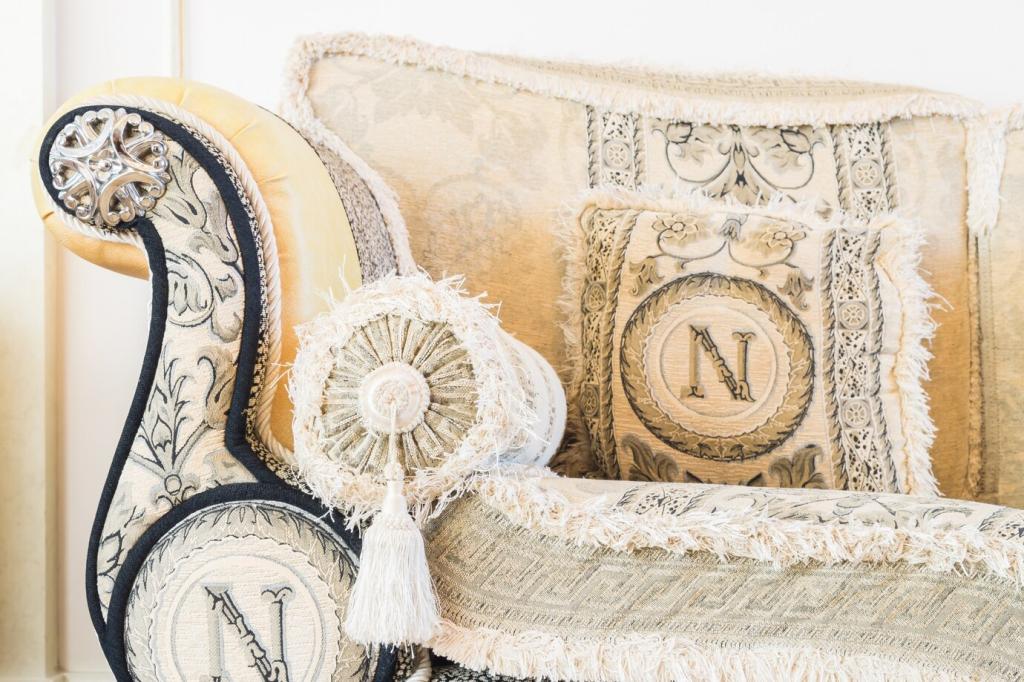
Modern Artists Reinterpret the Greats: Fresh Eyes on Timeless Masterpieces
Chosen theme: Modern Artists Reinterpret the Greats. Step into a lively conversation where past and present collide, and discover how today’s creators quote, challenge, and reimagine the canon to make it speak to our moment.

Centuries Collide on Canvas
When Kehinde Wiley mirrors Jacques-Louis David’s heroic equestrian pose, he transforms a symbol of empire into a celebration of contemporary dignity. The ornate patterns, luminous colors, and commanding posture spark a charged exchange across time, inviting viewers to reconsider who deserves glory.

Respect, Rebellion, and Reinvention
Modern artists often balance homage with critique, keeping beloved compositions intact while flipping power dynamics or cultural context. That tension—between reverence and revolt—creates electricity, letting us admire the original while embracing radical change that resonates with today’s audiences.
Techniques That Transform the Old Into New
Borrowing a masterpiece’s architecture while detonating its palette can reset the mood entirely. Think of Mickalene Thomas channeling Matisse’s sumptuous interiors, then igniting them with rhinestones, wood veneer, and saturated patterns that foreground Black femininity through unapologetic glamour and self-possessed joy.
Swapping oil paint for fabric, porcelain, or laser-cut metal disturbs our expectations and asks us to re-feel the image. Ai Weiwei’s historic materials and Glenn Brown’s hypnotic brushwork both challenge authenticity, blurring lines between original, copy, and endlessly recombinant cultural memory.
Projection mapping, augmented reality, and deliberate pixel ruptures turn static icons into dynamic environments. A Rembrandt face can fragment, loop, and reassemble, revealing how images travel online, degrade, and evolve. The process becomes the message: art history, like code, is constantly forking.
Reclaiming the Frame: Identity and Power
Kehinde Wiley and the Royal Pose
Wiley’s models step into Old Master pageantry, wearing everyday sneakers and contemporary haircuts. Those lush backdrops and heroic stances crown Black subjects with the visual language of sovereignty, exposing how portraiture historically conferred status—and how expanding that privilege reshapes our collective imagination.
Titus Kaphar: Cutting and Covering to Reveal
Kaphar literally slices into tradition, pulling canvases forward or veiling figures with tar-black paint. The violence is instructive: by disrupting polite surfaces, he recovers storylines that were edited out, demanding viewers consider absence as an active, historical choice rather than an innocent oversight.
Yasumasa Morimura: Becoming the Subject
Through meticulous self-portraits, Morimura inhabits icons from Manet to Frida Kahlo, queering and complicating authorship. His playful precision dislodges assumptions about gender, origin, and ownership, turning imitation into a philosophical mirror reflecting how we construct identity through images we inherit.

How to Read a Reinterpretation
Start with what looks familiar: a pose, a color scheme, a cluster of props. If you can’t name the source, no panic. Describe similarities aloud, then quickly search or scan the wall text. Curiosity beats trivia; connections grow with every comparison you attempt.
Stories From Studios and Streets
An artist told us they swapped a gilded frame for a battered thrift-store find at midnight, suddenly realizing the scratches matched their subject’s stubborn resilience. The curator sighed, then smiled. That imperfect frame became the piece’s proudest argument about beauty and survival.
Join the Conversation
Your Reinterpretation Challenge
Pick a classic you love and change one decisive element: the setting, the subject’s identity, or the materials. Post your result with a short note on why that choice matters today, and tag us so we can feature selected responses in future posts.


Share, Comment, and Subscribe
Tell us which remix surprised you most and why. Drop thoughts in the comments, subscribe for new deep dives, and invite a friend who loves museums or street art. Your voice helps map this living conversation across continents and communities.
